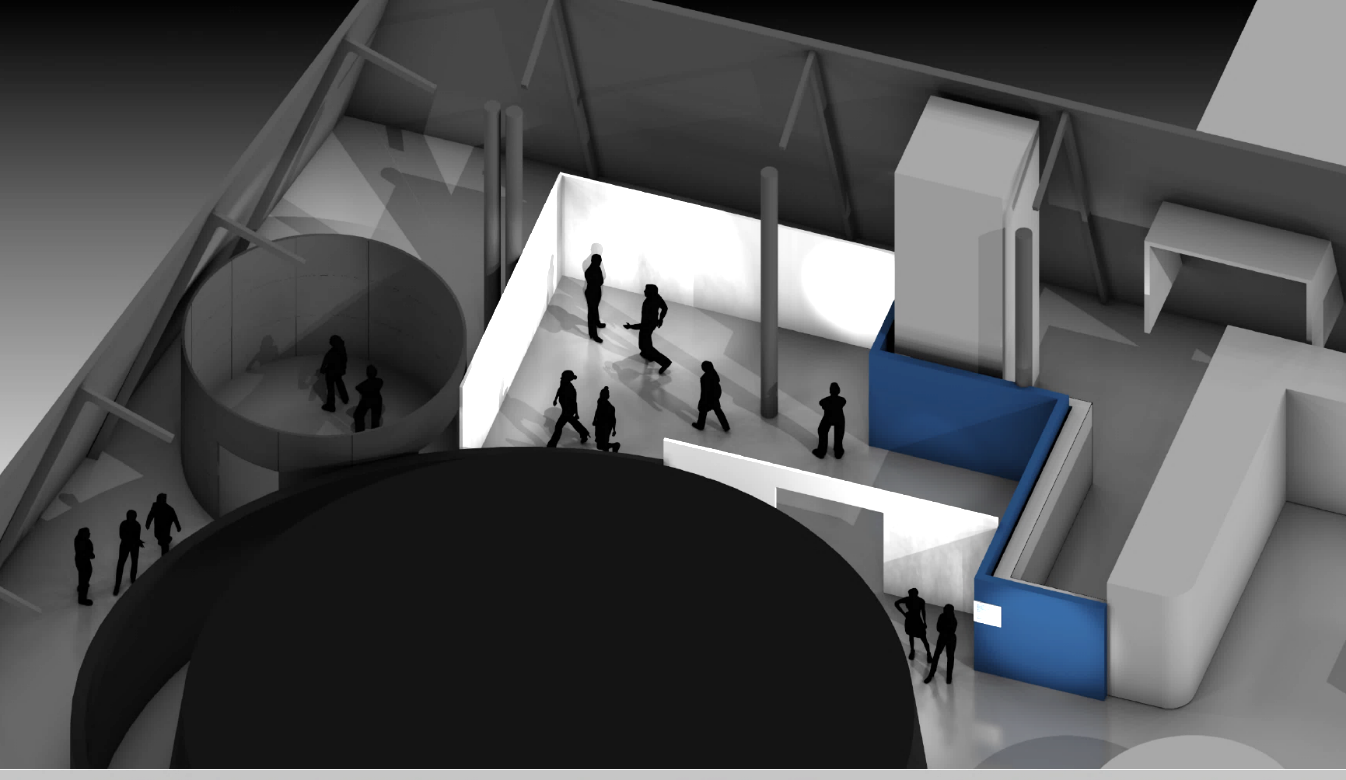When one frame is not enough
From still photography to Virtual reality
Abstract
American art critic Clement Greenberg wrote the following about modern art:
A modernist work of art must try, in principle to avoid dependence upon any order of experience not given in the most essentially construed nature of its medium.
In other words an artist should strive to use the mediums inherent characteristic to create essential expressions that you could only present in that particular medium. Many art critics and scholars used this medium- specificity discourse as a measure of quality and even to dismiss artworks that did not follow this tradition. In this article I will re-visit these theories, scrutinize them and turn the perspective upside down. Instead of critiquing or analyzing artwork, I will investigate how these medium-specificity thesis can help the artist’s creative processes. Through a practice- led research about our own work I hope to shed light on some important processes and knowledge that can be helpful for the artistic community.
The project “offshore ID”
The bases of the research will be an exhibition we did in cooperation with the Oil museum in Norway about the offshore workers and their identity. The exhibition consisted of three designated parts with three different medium:
Still photography, 180-degree multiscreen film, and a Virtual reality experience.




